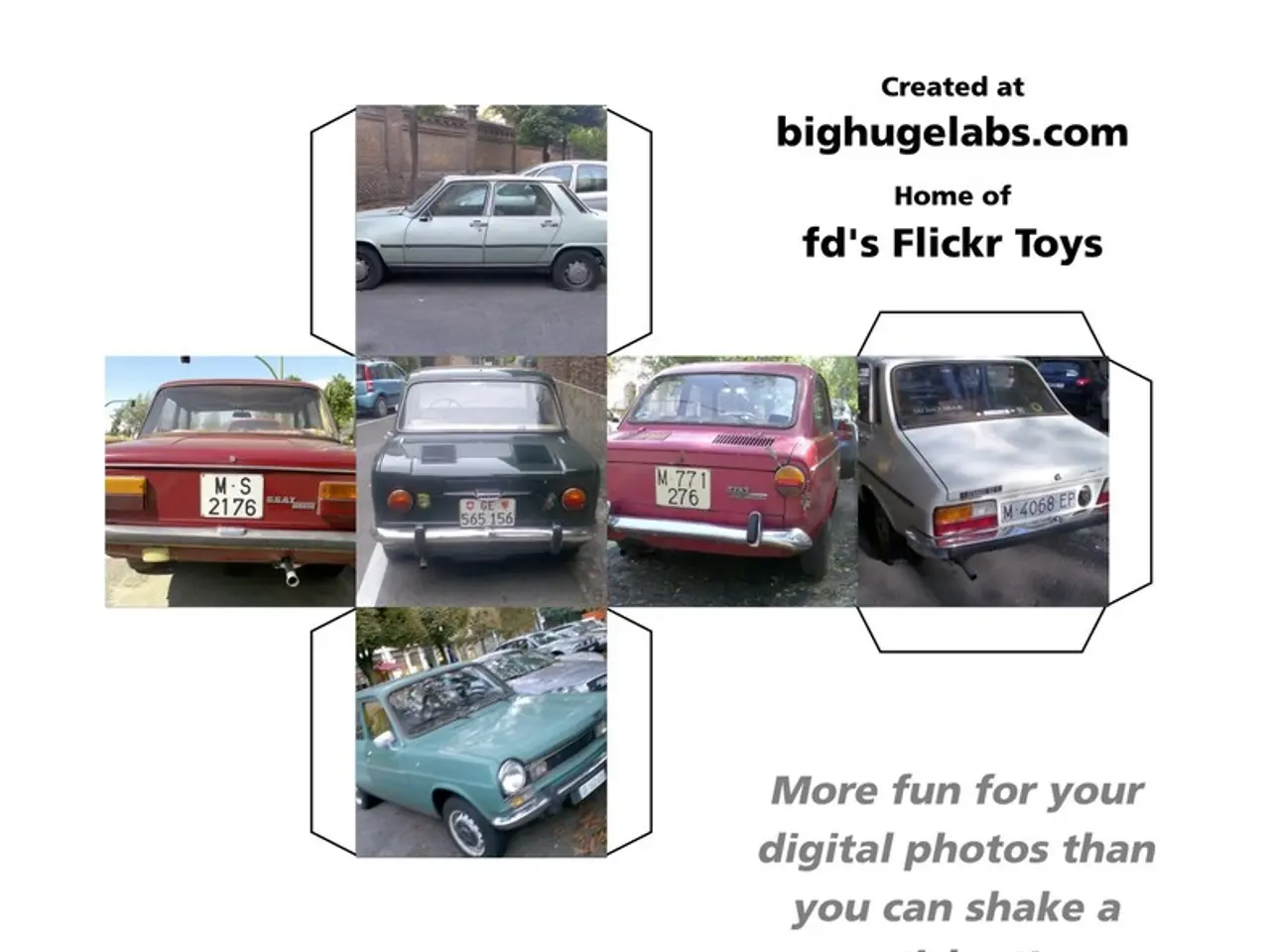Automotive Industry Updates: Wittenstein, Quintauris, LightPath, Silicon Creations, iNavi Systems, TomTom, Raytron Power, indie Semiconductor, and UL Solutions all featured in the latest connected car news.
The automotive industry is witnessing a surge in the adoption of RISC-V, a flexible, open, and scalable computing architecture. This shift is marked by growing ecosystem partnerships, product launches, and broad industry endorsement.
Key Developments
Infineon's Leadership and Partnerships
In mid-2025, Infineon, a major automotive semiconductor supplier, launched a family of RISC-V MCUs targeting mainstream automotive applications. This move validated RISC-V as a credible architecture for safety-critical and software-defined systems. Infineon also co-founded Quintauris, a company aiming to accelerate RISC-V adoption globally, focusing on automotive platform standardization, ecosystem expansion, and enabling developers with reference architectures and hardware solutions.
Market Growth and Innovation
RISC-V commanded about 8.2% of automotive MCU revenue in 2024, with a high annual growth rate around 30%. This growth is driven by vehicle OEMs seeking alternatives to proprietary ARM cores to reduce royalties and increase customization. RISC-V's flexibility allows suppliers to add custom extensions tailored for vehicle-specific functions, improving performance efficiency in power-sensitive automotive environments.
Broader Industry Ecosystem and Applications
The automotive RISC-V ecosystem spans various vehicle zones, from simple sensors and actuators to complex domain and centralized controllers, as well as advanced driver assistance systems (ADAS) and autonomous driving functions. This single-architecture approach simplifies software and tool reuse across vehicle variants, lowering costs and speeding innovation cycles.
Wider Industry Perspective
The rapid scale of RISC-V adoption is marked by over 10 billion RISC-V processor shipments worldwide by 2023 and an expected 20 billion cores in use by 2025. This volume reflects RISC-V's transition from niche use to mainstream semiconductor design, positioning it as a transformative force in automotive computing alongside traditional ARM and proprietary ISAs.
Notable Collaborations
WHIS and Quintauris Partnership
WITTENSTEIN high integrity systems (WHIS) and Quintauris have formed a strategic partnership to accelerate RISC-V adoption in high-assurance automotive platforms. WHIS's SAFERTOS®, a pre-certified, safety-critical real-time operating system, will be integrated into Quintauris' upcoming automotive reference platforms.
Silicon Creations and Codasip Collaboration
Silicon Creations' PLL (Phase-Locked Loop) is being used in Codasip's automotive RISC-V test chip. This integration enables precise clocking for the L31AS dual-core lock-step RISC-V CPU and crypto accelerator IP.
LightPath's Expansion
LightPath is redesigning mid-range models and preparing to expand its Germanium-free product offerings. LightPath Technologies' subsidiary G5 Infrared has begun production of two redesigned cooled infrared camera models using LightPath's proprietary BlackDiamondTM glass instead of Germanium.
Raytron and Zeekr Collaboration
Raytron's advanced infrared thermal cameras are now featured in Zeekr's 9X G-Pilot H9 L3 assisted driving system, offering improved visibility in low-light conditions. The new cameras serve as drop-in replacements for existing Germanium-based models, requiring no system redesign.
Other Significant Events
UL Solutions' Involvement
UL Solutions has joined the Eclipse Foundation's Software Defined Vehicle Working Group, aiming to support the industry's shift to centralized computing and continuous over-the-air updates.
indie Semiconductor's Expansion
indie Semiconductor has made several strategic acquisitions, including emotion3D, a Vienna-based developer specializing in AI-driven perception software for in-cabin sensing and ADAS. This shift is due to China's export restrictions on Germanium and growing demand among U.S. and allied defense contractors for alternative materials.
In summary, RISC-V is increasingly integral to automotive semiconductor strategies, supported by major players like Infineon and ecosystem initiatives such as Quintauris driving industrialization. Its appeal lies in royalty-free licensing, open standards, and customization, which directly address the evolving demands of software-defined, AI-infused vehicles. This adoption is currently most visible in scaled MCUs for body controls and safety-related control units, with prospects to expand further as tooling, standardization, and qualification processes mature.
- Given the strategic partnership between Infineon and Quintauris, we can anticipate the integration of Infineon's safety-critical real-time operating system, SAFERTOS®, into Quintauris' upcoming automotive reference platforms, which may further the adoption of RISC-V in finance-driven efforts towards reducing royalties and increasing customization.
- The growing automotive RISC-V ecosystem, spanning driver assistance systems, advanced autonomous driving functions, and more, is poised to facilitate innovation and cost reduction by simplifying software and tool reuse across vehicle variants, thanks to technology advancements like Silicon Creations' PLL and Codasip's automotive RISC-V test chip.




